Steemit Crypto Academy / week 7 / Decentralized finance ecosystem and project/protocol in that ecosystem / @gbenga
DeFi is a concept of a financial ecosystem living digitally on a shared infrastructure. In this world, typical financial services such as borrowing, lending and trading exist, but they operate on a public network, meaning it’s accessible to anyone with an internet connection. Open-source protocols or modular frameworks are relied upon for creating and issuing assets on this network, much like email exists today.
Just as the Internet changed the global information infrastructure forever, today we are witnessing how blockchain technology is creating a new global financial infrastructure that combines both existing markets and completely new ones directions.
The main advantage of such a decentralized financial system (DeFi) is that the only condition for access to its services is an Internet connection, which greatly simplifies the process of participation, reduces costs, reduces the possibilities for censorship and manipulation by centralized organizations that own and control infrastructure underlying existing financial markets.
What is DeFi?
DeFi (decentralized finance) is a collection of specialized services based on smart contracts and decentralized applications (Dapps) that make up a decentralized financial ecosystem and provide users with access to a variety of financial services such as investing, lending, trading on stock exchanges, etc., without the need to trust centralized financial institutions and companies. These financial services are provided without restrictions to everyone 24 hours a day due to the active development of blockchain technology in general, and in particular the Ethereum platform.
Why DeFi?
With the advent of cryptocurrencies, the concept of “money” has acquired a completely new meaning and the ability to make payments appeared for everyone, without exception, regardless of location and access to the banking system.
A completely logical continuation of the development and distribution of cryptocurrencies was the emergence of an independent financial system, which is an open and transparent alternative to the outdated centralized financial services that people around the world use today.
Blockchain and smart contracts have created a completely new paradigm of financial relationships between parties that do not trust each other, but at the same time have the ability to interact without intermediaries in the form of financial institutions. Thus, the concept of “transaction” when it comes to smart contracts and decentralized applications based on them, includes more complex interactions than just sending and receiving cryptocurrency.
Key advantages of a decentralized financial system
Accessibility for any user, regardless of his geographic location, credit history and other restrictions that exist in a centralized financial system.
Transparency of all transactions in the blockchain. Also, all smart contracts are open source, which can be easily audited and identified for possible vulnerabilities.
Flexibility of the software interface — the user can use any convenient interface offered by third-party developers or created independently.
Openness (Permissionless) allows users to directly interact with applications through browser extensions (or software wallets), and also provides the ability to create their own applications
Interoperability provides amazing opportunities to combine new DeFi applications with existing services (like Lego) that interact with each other through universal protocols and can be combined to create completely new products.
Main Directions of DeFi Development
Decentralized Lending is a service that allows users to lend and borrow crypto assets. Lending offers a new way to earn interest on free assets.
Decentralized exchangers — provide users with the ability to exchange cryptocurrencies without the participation of centralized exchanges.
Stablecoins — the issue of cryptocurrencies with a fixed price pegged to a unit of fiat currency (usually USD), backed by fiat currencies, decentralized cryptocurrencies (BTC, ETH) and other valuable assets, in order to minimize volatilit
Synthetic cryptoassets — creation of derivative financial instruments (derivatives ) on the blockchain
Tokenized Assets — management of user funds by distributing them to various pools of liquidity (balancing deposits) in order to maximize profit.
Smart wallets — wallets and DeFi portfolio managers with advanced management features
Payments — decentralized payment protocols
Decentralized insurance — minimizing risks when holding assets in the event of an error in a smart contract or other
A Project Ecosystem is a group of projects with the same life cycle within the organizations or industry in Fig. 1. This means that their interactions and interrelations impact the sustainability of the projects.
To design a project ecosystem, is to design the ecosystem of the organisation.
The strategic importance of the enterprise ecosystem has been demonstrably proved. There are now numerous contemporary examples. Tesla is cited for its deployment engineering capabilities, “the way in which an innovative offer is deployed and the associated ecosystem” in the words of Christophe Midler. Indeed, unlike other manufacturers, Tesla considered the critical ecosystem of its vehicle and particularly its charging terminals. These terminals, installed and provided free of charge for a determined necessary amount of time, accelerated the diffusion and adoption of the vehicle, before their more recent monetization. The acquisition of Solar City by Tesla confirmed Elon Musk’s deliberate approach to connect activities across the ecosystem. In the same way, Amazon with Alexa, has made its voice recognition technology (embedded in a speaker) an entry point to the voice recognition platform of connected objects. This demonstrates a deep consideration of the ecosystem of the object and its capacity to integrate.
This approach is not new, previously Disney built its empire on a virtuous ecosystem, with careful consideration of the relationships between its core activities.
Current economics only further emphasise the importance of this approach, where “value chains” are no longer linear. Any stakeholder can now readily change or transform a network of value (Chanal).
For example, Nest with the introduction of its connected thermostat catalysed new value through data management. And consequently cutting short this opportunity for traditional energy suppliers.
Rather than value chains, these are more accurately described as value ecosystems. In the case of Apple, as rumours grew that the company was extending outside its traditional domain towards a new area as manufacturer and maker of autonomous vehicles. This idea has now already reached our collective imagination. Inversely Tesla, is generating value as a platform technology akin to Apple, and absorbing expertise and capacity from the software industry. Tesla engineers are launching not just vehicles into production but inventing new features that redefines the identity of a vehicle*.
The ecosystem of a company remains a topic poorly mastered by our modern management systems. Today, few methodological approaches are available to practitioners to explore different hypotheses, prototypes or to formalise this key element of success for project performance and organization performance. And for good reason, these ecosystems are often complex and undefined.
Amongst the challenges associated with the design and formalisation of ecosystems, we have observed a central key point worth noting. Collecting, aggregating knowledge about stakeholders, their relationships (value flows) between the projects, offers and the organization’s point of view is not often recognized as a critical element, yet it is essential to model various scenarios and potential ecosystem strategies.
Amongst the challenges associated with the design and formalisation of ecosystems, we have observed a central key point worth noting. Collecting, aggregating knowledge about stakeholders, their relationships (value flows) between the projects, offers and the organization’s point of view is not often recognized as a critical element, yet it is essential to model various scenarios and potential ecosystem strategies.
Amazon approached Alexa’s voice recognition technology with a view of the user and the connected home.
But by expanding the initial relationship between the user and the technology, they positioned Alexa as a core voice recognition platform for the home, rather than a connected object. The company created a “skills” framework that allowed smart devices to connect to Alexa. The easy to use framework has encouraged more and more appliances and devices to plug into Alexa’s ecosystem, in turn creating a virtuous environment which will see manufacturers compete to improve quality and lower prices.
Beyond creating a market and deploying new innovative offers, this ecosystem approach is useful
To systematically explore value within their stakeholders’ ecosystems;
To refine a deployment strategy;
To utilise dormant technologies and patents; or
To formalize an open innovation strategy.
And, finally to do so in a transversal and cross-siloed approach. For example, engineers working on a new aircraft will likely understand their supply chain expertise and are best placed to identify under-utilised knowledge. They should be engaged alongside the different parts of the company to bring user, supplier, technical and partner knowledge to anticipate new technology and business opportunities.
How to design your ecosystem?
At WDS, we approach the definition of the business ecosystem from two vantage points: management science and a design approach. One objective was to represent an ecosystem visually, composed of
Stakeholders that could be categorised, weighted
and their relationships mapped based on the flows of values (these reflect economic value, research or knowledge activities).
Four key elements to design an ecosystem, around your projects and its objectives.
1/ Define the boundaries and dimensions of your ecosystem
The boundaries of an organization’s ecosystem is defined by its stakeholders, specifics skills and knowledge, business activities and processes, which are based on the objects it has historically produced. As an example, an automotive company inherits a car-manufacturing ecosystem.
Depending on the organization ecosystem’s boundaries needed for a given understanding, it might integrate stakeholders with whom there is not yet any activities or competitors… But more importantly, “an innovative design destabilizes the object’s identity and its related ecosystem” (Armand Hatchuel). Each project is therefore an opportunity to optimize, strengthen or change the organization’s ecosystem.
Put simply, the dimensions of your project or organization’s ecosystem and its value flows, whether it is the business, innovation or knowledge ecosystem (Valkokari), are impacted by the objects you produce.
2 / Decide on the ecosystem design, suited to the technology and market context
The ecosystem design approach will be approached differently if the technology is based on a rules-based design context or in an innovative technology context. In the former, knowledge of the stakeholders, the market and their relationships (flows) will be known and more or less shared internally. In the latter, in an undefined market with unknown stakeholders, the design will often be based on hypotheses.
In both scenarios, it is necessary to adapt the definition and identification of these stakeholders and their activities in the ecosystem (knowledge, activities, and roles), as well as alternative desirable scenarios. This optimizes the acquisition and management of knowledge related to the ecosystem, particularly in undefined or unknown scenarios.
3 / Progressively aggregate knowledge (or identity the knowledge required) to reduce risk and uncertainties.
This is a question of piloting both the structuring of existing knowledge about the ecosystem in a rules-based design situation (noting, some could still lack strong user knowledge), while formulating the knowledge to be acquired in the innovative design, which by definition could have no existing user needs or well-defined stakeholders. In this unknown context, it is useful to consider the various desirable contexts and applications of the technology, then potential stakeholders and needs.
For these potential stakeholders, yet to be defined, this could be:
Define the role of the internal ecosystem and organization activities for the project, the knowledge and expertise which already exists and creates value, or should be transferred.
Define the potential external ecosystem and the knowledge to be acquired, the specificity of the stakeholders, their roles, their weights and value flows around the contexts envisaged for this project.
The work of Xavier Lecoq and Benoît Mille (IAE of Lille) developed the RCOV approach which states “the business model is a filter of design and mutation of the ecosystem of actors” , the idea which considers the sustainable aspect of economic models within the ecosystem.
4 / Integrate strategic management in the design of your ecosystem and make it a tool for decision-making
Defining value flows and mapping the value from the different views of the organization is key to represent and design an ecosystem as a decision-making tool. This requires completing a systematic exploration of the different strategic scenarios of your ecosystem, in relation to your project. Whether it is to strengthen and optimize an existing ecosystem or to shape a new ecosystem whose uncertainties have been reduced by the acquisition of strategic knowledge. Different methods have been formalized, notably in France. For example, at the Centre de Recherche Polytechnique, the Full Value method of a project allows you to evaluate your flows of business, research or intangible activities which reconciles economic direction and risks inherent to innovative design. From the Mines ParisTech camp, the latest book by Hooge and Stasia intersects the economic value, strategic value and stakeholder adhesion of the project.
In conclusion
The formalization, prototyping and management of the business, research and knowledge ecosystems of organizations are a high value-adding playground intersecting the development of methods and the digitization of associated capabilities.
NB. At WDS, we are developing ECOS, a software that will bring together these capabilities for organizations and works to share data to improve the design of these ecosystem* between our industrial partners and clients. If you are interested, please do not hesitate to contact us.
*Automation of suggested value flow between stakeholders & stakeholders via the database integration and the development of appropriate semantic graphs; the suggestion of activities and the development of artificial intelligence and design assistance that builds on the digitization of engineering and data science. This requires a strong working knowledge of your ecosystem of stakeholders and their flow of value.
Special respects;
Cc: @steemcurator01
Cc: @steemcurator02
Cc: @steemitblog
Cc: @gbenga
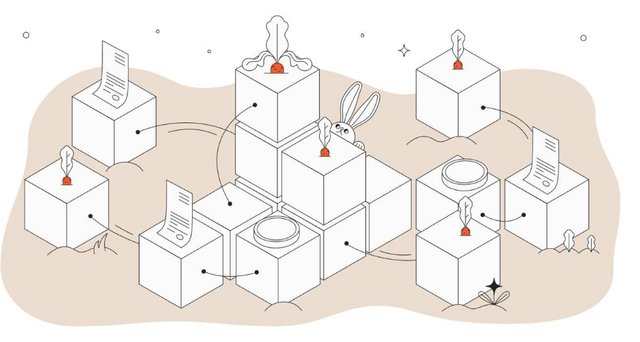
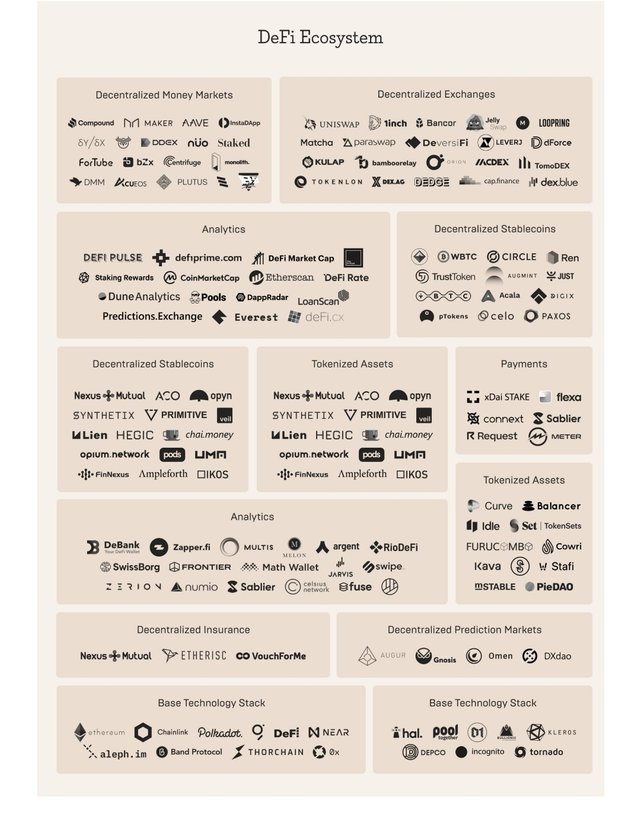
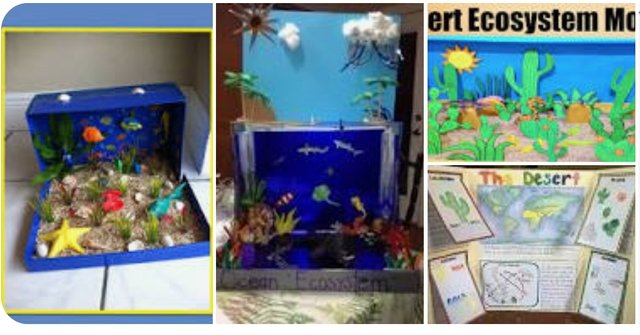
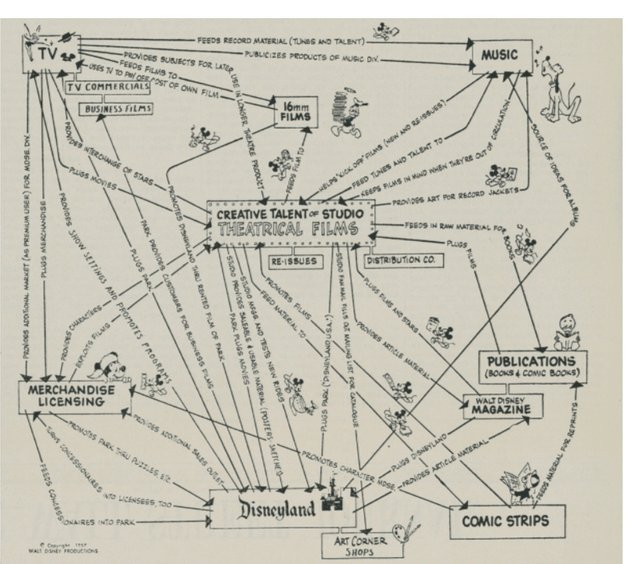
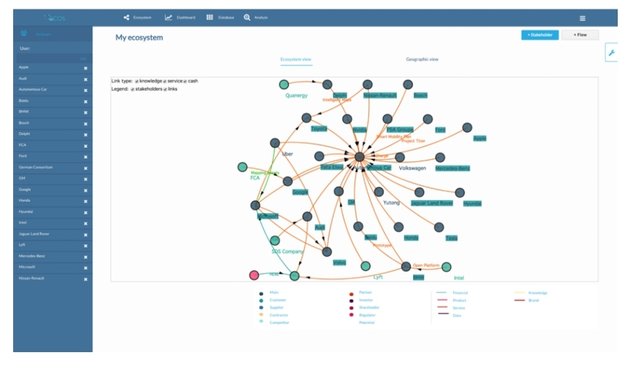
Thanks for being a part of my class and for participating in this week's assignment. I hope you learned from the class as the aim of the school is to teach and allow people to learn alongside.
Review
Your post is completely plagiarized with contents from different sources and plagiarism isn't welcomed on steemit. You should do well to write quality and original content at all times.
Your post
Similar content
Other plagiarized links are:
https://medium.com/mercuryo/defi-an-overview-of-the-decentralized-financial-ecosystem-43b9ec771bd0
https://medium.com/mercuryo/defi-an-overview-of-the-decentralized-financial-ecosystem-43b9ec771bd0#:~:text=Decentralized%20Lending%20is%20a%20service,the%20participation%20of%20centralized%20exchanges.
Nice homework and we'll detailed. I have learnt from you. Thanks for sharing
Thank you
Interesting. I wish you success with your homework. Happy Sunday.
Thanks